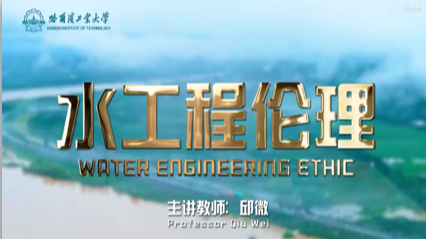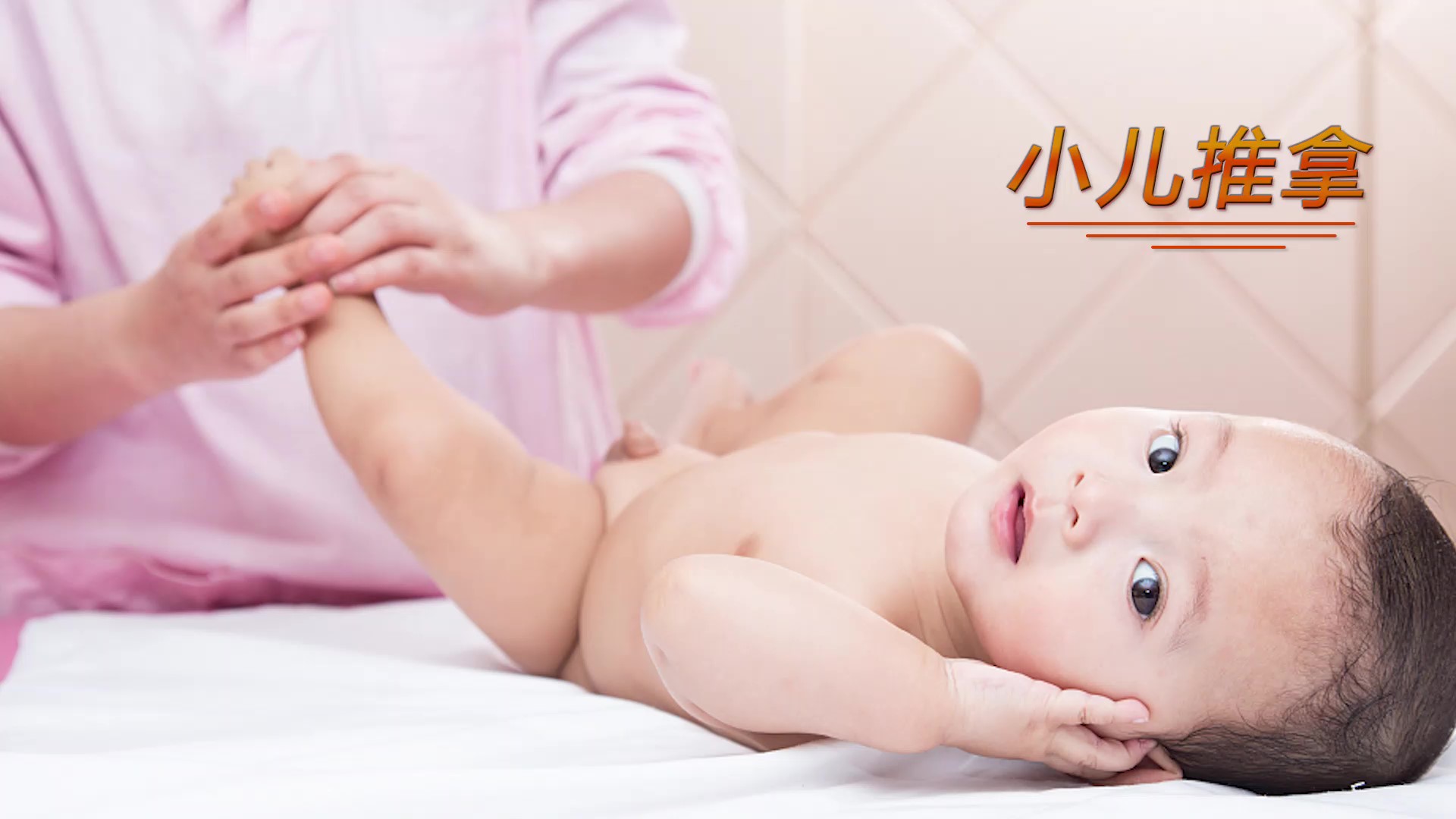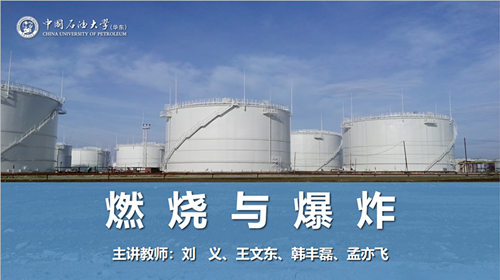
当前课程知识点:Chinese Ceramics > Unit 15 Colorful Cloisonné > 15.1 Unique Cloisonné technique > 15.1 Unique Cloisonné technique
返回《Chinese Ceramics》慕课在线视频课程列表
哇,你带的项链好美
谢谢,它是景泰蓝的项链
景泰蓝?那是什么
景泰蓝是中国的著名特种金属工艺品之一
金属工艺品?但是它看上去好精致啊
那是出于它精细的工艺
景泰蓝是一种在铜质的胎型上
用柔软的扁铜丝,掐成各种花纹焊上
然后把珐琅质的色釉填充在花纹内烧制而成的器物
明代景泰年间这种工艺技术
制作达到了最巅峰
制作出了最为精美而著名的工艺品
因其在明朝景泰年间盛行
使用的珐琅釉多以蓝色为主
故而得名“景泰蓝”
景泰蓝的发源地是哪里
北京是中国景泰蓝的发祥地
也是最为重要的产地
北京景泰蓝
以典雅雄浑的造型、繁富的纹样
清丽庄重的色彩著称
给人以圆润坚实
细腻工整、金碧辉煌、繁花似锦的艺术感受
我也想要一条这样的景泰蓝项链
大家好,欢迎来到课堂
今天我们来谈谈独特的景泰蓝工艺
邱教授,景泰蓝是起源于哪里的艺术
景泰蓝(Cloisonne)是一种古老的装饰金属物品的工艺
景泰蓝是一种起源于元代北京的独特艺术
它是中国传统的青铜、陶瓷、绘画和雕刻艺术
与国外掐丝珐琅工艺有机结合的产物
13世纪下半叶
一种在金属胎上装饰瓷釉的手艺从阿拉伯传入中国
这种民间工艺
在中国工匠的手中
经历了数百年反复锤炼、雕琢、磨合
在明代的景泰年间
非常钟情于
青铜制造技术的君王发展了色彩加工技术
并且创造了迎合东方审美的亮蓝色
在一次加工技术的突破之后
此君王的大部分日常用具都由景泰蓝制成
很快地,景泰蓝在普通人当中变得流行起来
因初创时只有蓝色
人们习惯地把这种精湛的工艺称为“景泰蓝“
后来虽然又发展出了各种颜色的珐琅彩
但“景泰蓝”已经作为一种工艺品名称代代沿袭下来
而不再是指一种颜色了
景泰蓝的装饰效果是如何形成的
装饰效果是这样形成的:
首先要通过焊接或粘贴工艺用银线或金线给金属物件勾边
以将其分隔为几个小块
这些金银线在成品上依然能看到
它们将瓷釉或镶嵌物(enamel or inlays)的不同部分分隔开来
通常这些瓷釉或镶嵌物会有多种颜色
在清朝
景泰蓝得到了发展,并且达到了其艺术巅峰
颜色更加精美
使用范围也扩大了
这项工艺至今在中国仍然很常见
景泰蓝制品富丽华美、光彩耀人
极具观赏和收藏价值
但是它的制作工艺精湛繁复、造价昂贵
不是一般人所能承受的
因此在明清两朝
“景泰蓝"都是皇家专用的器物饰品
是尊贵与财富的象征
清朝皇宫
内设有“珐琅作”
专门制造精美的景泰蓝
后来这项工艺渐渐传入民间
才得以年复一年传承至今
邱教授,您能为我们介绍一下
景泰蓝的制作工艺吗
制作景泰蓝的工艺是个环环相连
丝丝入扣的复杂过程
须经过“制胎”、“掐丝”
“点蓝” 、“烧蓝”、“磨光”
“镀金”等大大小小十多道工序才能完成
全部工序的基础是从制胎开始的
工匠们要先选取
厚薄均匀的紫铜片
剪裁切割之后
通过这样耐心地反复捶打
做成各种器物的毛坯
而一件精美绝伦的艺术品
也将在这不起眼的铜胎上步步完成
工匠们先把这种细长扁平的铜丝
弯曲掐制成
各种复杂的形状和山水花鸟等各种图案
再—个一个粘到铜胎上
这样一个简单的花瓶就需要500米的铜丝
至于景泰蓝上绚丽丰富的色彩
就是这样用颜料在铜丝弯成的小格子中
小块一小块堆填出来的,这个关键的环节叫做“点蓝”
决定景泰蓝颜色的
还有"烧蓝”
烧蓝的炉温
一般在600度以上
火候或温度上的丝毫偏差
都可能造成颜色偏差或釉质脱落而前功尽弃
进炉一烧颜料的体积就会缩小
因此“点蓝”和“烧蓝”的环节
需要重复许多次
邱教授,景泰蓝是从何时开始走向海外的
从明清时候起
景泰蓝就随着远洋的商船走向海外
并影响着数百年来各国
珐琅制作的工艺和风格
景泰蓝以其悠久的历史、典雅优美的造型
鲜艳夺目的色彩、华丽多姿的图案
繁多的品种造型
让人赞叹她那无可比拟的艺术魅力
和光彩夺目的艺术形象
如今,日本的七宝烧
和西洋画珐琅中都能找到景泰蓝艺术的影迹
这三种珐琅工艺相互借鉴
各有干秋
今天的课就到这里
感谢观看,下次再见
-1.1 Introduction
-1.2 Ceramics in Neolithic, East Han and Wei-Jin Dynasties
--Ceramics in Neolithic, East Han and Wei-Jin Dynasties
-1.3 Sui and Tang dynasties and Song Dynasty ceramics
--Sui and Tang dynasties and Song Dynasty ceramics
-1.4 Ming and Qing Dynasties
-Unit 1 test
--Unit 1 test
-Discussion questions
-2.1 The Unique Chinese Ceramic Culture
--The Unique Chinese Ceramic Culture
-2.2 The Historical Development of Chinese Ceramic Making
--The Historical Development of Chinese Ceramic Making
-2.3 Chinese Ceramic Shape Art
-2.4 Chinese Ceramic Painting Art
--Chinese Ceramic Painting Art
-2.5 Chinese Ceramic Folk Stories
--Chinese Ceramic Folk Stories
-Unit 2 test
--Unit 2 test
-Discussion questions
-3.1 CeramicCulture and the Zodiac
--CeramicCulture and the Zodiac
-3.2 The heritage of traditional ceramic culture
--The heritage of traditional ceramic culture
-3.3 The development and innovation of ceramic art
--The development and innovation of ceramic art
-Unit 3 test
--Unit 3 test
-Discussion questions
-4.1 Gorgeous Colored Pottery
-4.2 The Method of Making Colored Pottery
--The Method of Making Colored Pottery
-4.3 Primitive Colored Pottery Ⅰ
-4.3 Primitive Colored Pottery Ⅱ
-4.3 Primitive Colored Pottery Ⅲ
-4.4 Black Earthenware
-4.5 White Pottery and Primitive Porcelain
--White Pottery and Primitive Porcelain
-Unit 4 test
--Unit 4 test
-Discussion questions
-5.1 Terracotta Warriors in Qin Dynasty
--Terracotta Warriors in Qin Dynasty
-5.2 Potteries in Han Dynasty
-Unit 5 test
--Unit 5 test
-Discussion questions
-6.1 Dragon kiln and Celadon
-6.2 Yue Kiln and Wuzhou kiln
-6.3 Deqing Kiln and Ou kiln
-6.4 Longquan Wares
-6.5 Yaozhou Wares
-Unit 6 test
--Unit 6 test
-Discussion questions
-7.1 Tang Tri-Colored Pottery
--7.1 Tang Tri-Colored Pottery
--7.1 Tang Tri-Colored Pottery
-7.1Tang Tri-Colored Pottery
--7.1 Tang Tri-Colored Pottery
--7.1 Tang Tri-Colored Pottery
-Discussion questions
-Unit 7 test
--Unit 7 test
-8.1 The flourishing age of the Song Dynasty
--8.1 The flourishing age of the Song Dynasty
-8.2 The flourishing age of the Song Dynasty
--8.2 The flourishing age of the Song Dynasty
-8.3 Ding Wares
-8.4 Ru Wares
-8.5 Guan Wares
-8.6 Ge Wares
-8.7 Jun Wares
-Discussion questions
-Unit 8 test
--Unit 8 test
-9.1 Reasons for the maturity of Qinghua porcelain in Yuan Dynasty
--9.1 Reasons for the maturity of Qinghua porcelain in Yuan Dynasty
-9.2 The Invention of Blue-and-white Porcelain in the Tang Dynasty
--9.2 The Invention of Blue-and-white Porcelain in the Tang Dynasty
-9.3 Fine China Ware became the Symbol of ChinaⅠ
--9.3 Fine China Ware became the Symbol of ChinaⅠ
-9.3 Fine China Ware became the Symbol of ChinaⅡ
--9.3 Fine China Ware became the Symbol of ChinaⅡ
-9.3 Fine China Ware became the Symbol of ChinaⅢ
--9.3 Fine China Ware became the Symbol of ChinaⅢ
-9.4 The charm of QinghuaⅠ
-9.4 The charm of QinghuaⅡ
-9.4 The charm of QinghuaⅢ
-Discussion questions
-10.1 Da Ming Wucai
-10.2 Wooden engravings influence on Wucai porcelain
--10.2 Wooden engravings influence on Wucai porcelain
-10.3 Kangxi Wucai
-10.4 Liling Under-glaze multicolored porcelainⅠ
--10.4 Liling Under-glaze multicolored porcelainⅠ
-10.4 Liling Under-glaze multicolored porcelainⅡ
--10.4 Liling Under-glaze multicolored porcelainⅡ
-Discussion questions
-11.1 The advent of Fencai
-11.2 Fencai Porcelain in the Yong zheng period
--Fencai Porcelain in the Yong zheng period
-11.3 Fencai Porcelain in the Qianlong Period
--Fencai Porcelain in the Qianlong Period
-Discussion questions
-13.1 Zisha-pottery
-13.2 The Zisha Teapot
-13.3 The Zisha tea set in the Ming Dynasty
-Discussion questions
-14.1 Development of Contemporary Chinese ceramic art
--14.1 Development of Contemporary Chinese ceramic art
-14.2 The internationalization trend of Chinese modern ceramics
--14.2 The internationalization trend of Chinese modern ceramics
-14.3 A new style of contemporary ceramic art Ⅰ
--14.3 A new style of contemporary ceramic artⅠ
-14.3 A new style of contemporary ceramic art Ⅱ
--14.3 A new style of contemporary ceramic art Ⅱ
-14.4 The Trade of the Artisans Ⅰ
--14.4 The Trade of the Artisans Ⅰ
-14.4 The Trade of the Artisans Ⅱ
--14.4 The Trade of the ArtisansⅡ
-Discussion questions
-15.1 Unique Cloisonné technique
--15.1 Unique Cloisonné technique
-15.2 The Craftsmanship and Development of Cloisonné
--15.2 The Craftsmanship and Development of Cloisonné
-15.3 The Problems Facing the Inheritance of Cloisonné
--15.3 The Problems Facing the Inheritance of Cloisonné
-15.4 The inheritance and development of Cloisonné
--15.4 The inheritance and development of Cloisonné
-Unit 15 Test
--Unit 15 Test
-Discussion questions
-16.1 Appreciation of Chinese ceramics
--16.1 Appreciation of Chinese ceramics
-16.2 Explore the origins of ancient ceramics Ⅰ
--16.2 Explore the origins of ancient ceramics Ⅰ
-16.2 Explore the origins of ancient ceramics Ⅱ
--16.2 Explore the origins of ancient ceramics Ⅱ
-Unit 16 Test
--Unit 16 Test
-17.1 Traditional Chinese Decorative Patterns
--17.1 Traditional Chinese Decorative Patterns
-17.2 Application of Traditional Chinese decorative patterns in ceramics
--17.2 Application of Traditional Chinese decorative patterns in ceramics
-Unit 17 Test
--Unit 17 Test
-Discussion questions


